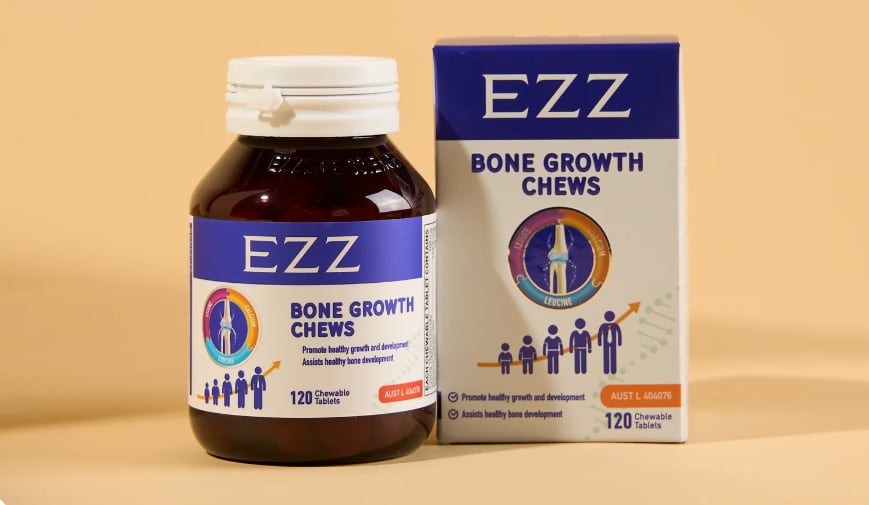EZZ is expanding into South East Asia (SEA) through a three-year distribution deal with ROFA Enterprises Pty Ltd.
The agreement, which has commenced this month, is worth a minimum purchase value of A$21m (US$13.7m) over the three-year period.
The distribution deal will focus on three SEA markets, namely Thailand, Vietnam, and Singapore.
While the agreement is non-exclusive, it prohibits ROFA from distributing competing products for the duration of the term and for two years thereafter.
Bestsellers from EZZ last year included nicotinamide mononucleotide (NMN), as well as L-lysine growth capsules, and bone growth chews for kids.
These products have seen strong growth in China and the company believes it is now poised to expand into some of the SEA markets which have similar consumption behaviours as China consumers.
Vietnam and Singapore, for instance, are examples where infant and children nutrition is a major dietary supplement category.
Parents are also wiling to splurge on kids nutrition products as well, which is trend similarly observed in China.
“There are two key reasons for expanding into these SEA markets.
“The first reason is we find that consumers in these countries may have some consumer preferences similar to that of China where we have had a lot of success,” James Hudson, director of corporate affairs at EZZ Life Science told NutraIngredients-Asia.
Rising incomes in these countries also mean increasing focus on personal health and wellbeing, which is why the company is entering these markets.
At the same time, as these countries are travel hotspots for the China tourists, EZZ is also hoping to make its presence available in these countries to cater to the China tourists.
“Another reason is that Singapore and Thailand, in particular, have received quite a lot of Chinese visitors.
“We see an opportunity to also connect with the Chinese visitor demographic as well when they visit Thailand and Singapore where the EZZ brand is already very well recognised by that segment of consumers,“ he said.
The overarching goal is however, to build the EZZ’s brand presence and recognition in SEA and to engage local consumers through education and marketing activities.
EZZ is ramping up on its overseas expansion plans.
This year, it will also enter the US market, as it seeks to replicate its successful digital and influencer-driven strategy seen in China.
Multi sales channels approach
One key difference between China and these SEA markets is the dominance of e-commerce in the former, and a more fragmented purchase pattern in the latter.
Therefore, the distribution deal in SEA will focus on a range of sales channels, whereas EZZ’s distribution in China is primarily on e-commerce.
”The way in which you engage consumers in Southeast Asia is a little bit different in terms of the distribution channels.
“China is a market that is very heavily geared towards e-commerce, whereas in Southeast Asia, this proportion is a lot lower, which is why we’ll be focusing on a whole range of different channels for the Southeast Asian markets, whereas in China, we’re primarily focused on e-commerce,” said Hudson.
The sales arrangement in SEA will thus possibly include supermarkets, mother-and-baby stores, and pharmacies.
Duty-free store is another possibility to cater to the China tourists - a model which has worked for the company in its domestic Australia and New Zealand markets.





